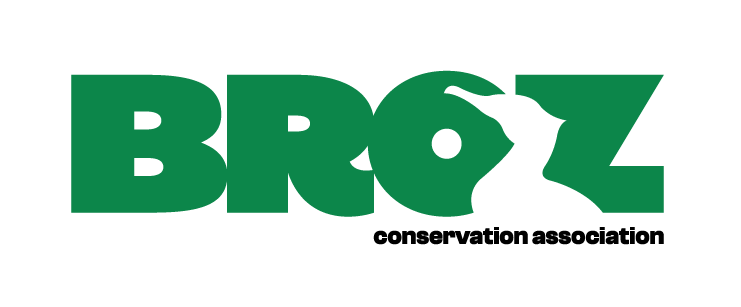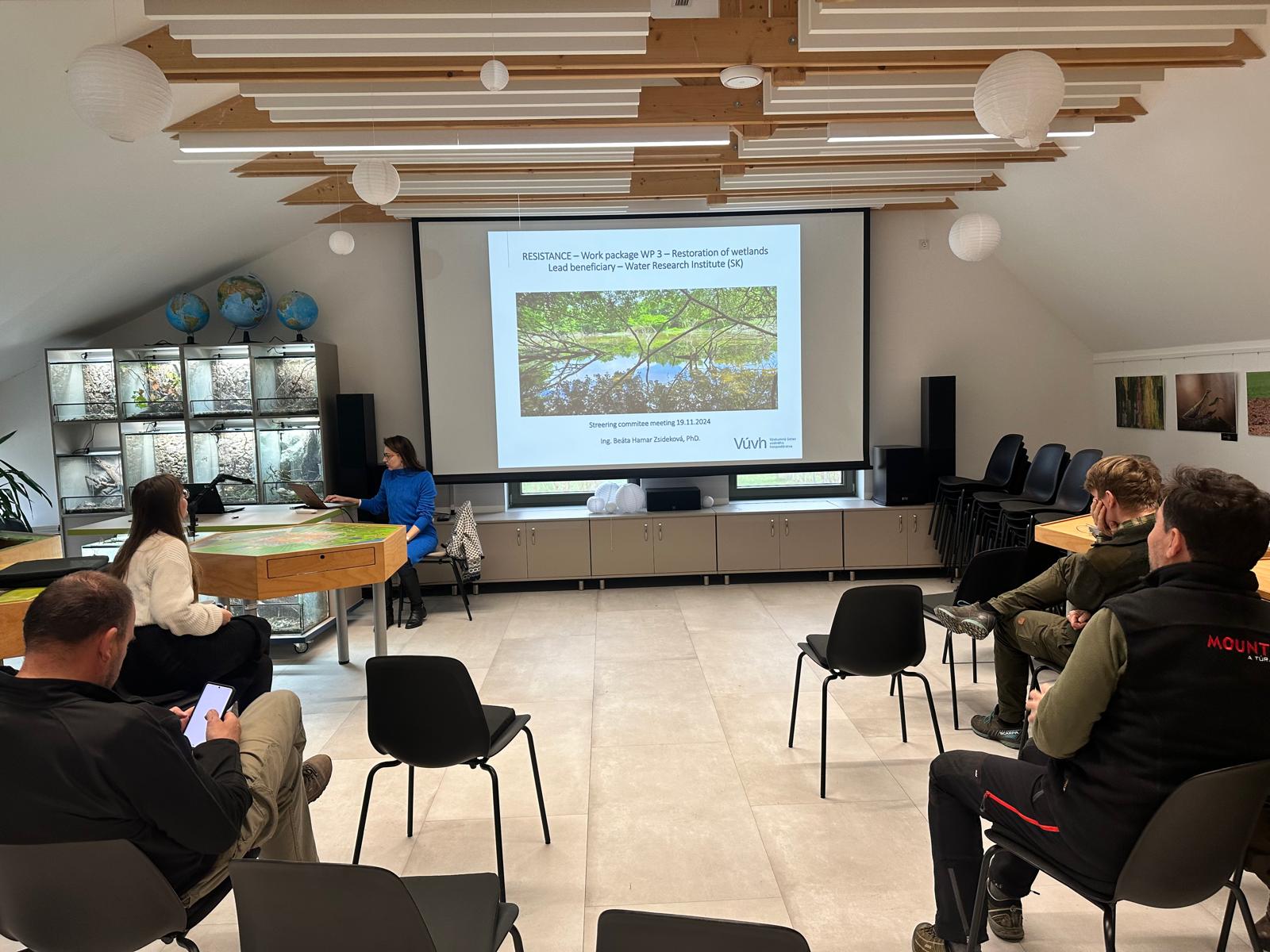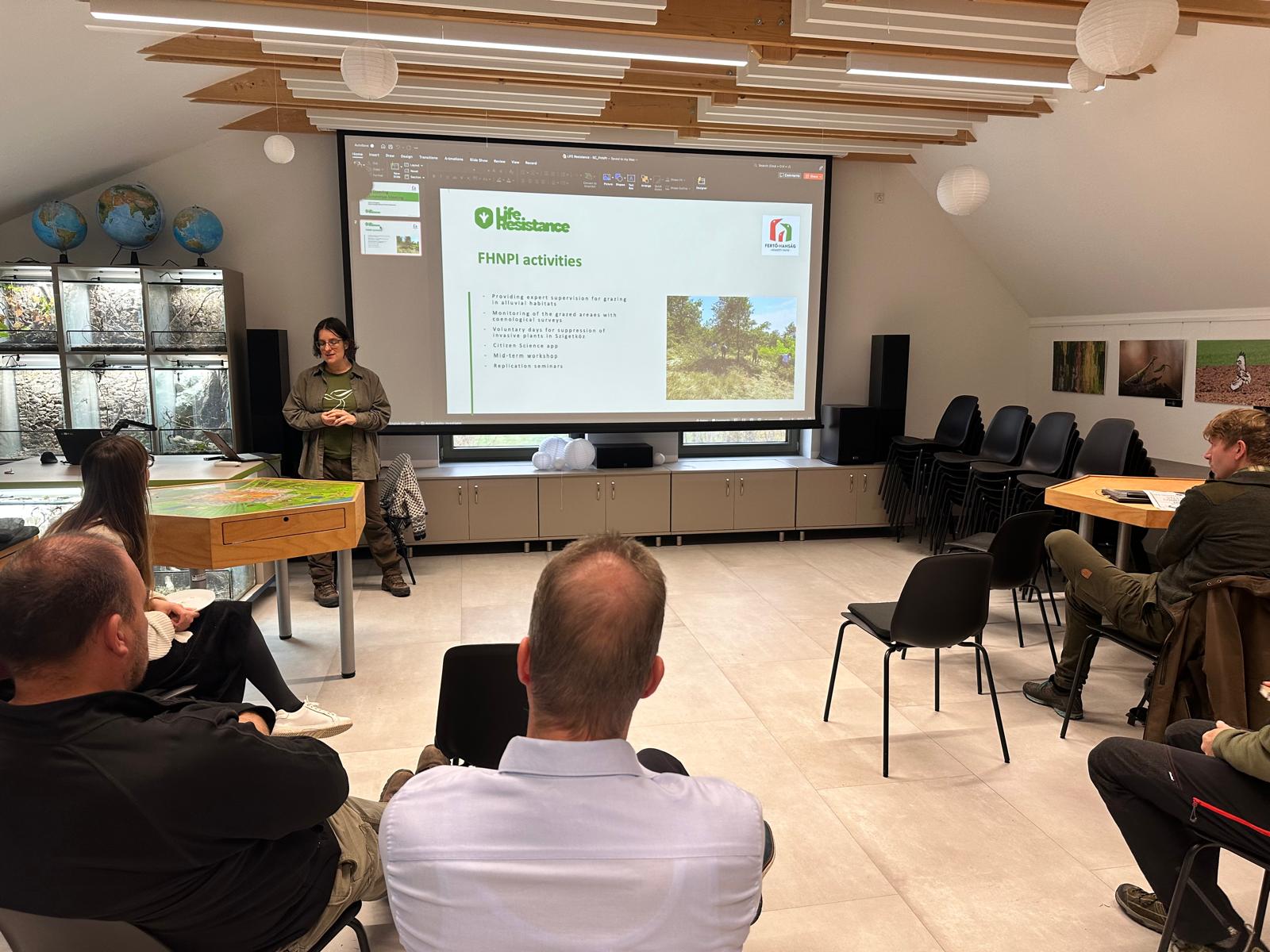The Steering Committee of the LIFE Resistance Project convened for its first meeting on 19th of November, bringing together representatives from eight beneficiary organizations to discuss progress, achievements, and future plans.
The meeting began with a warm welcome and appointment of Steering Committee members representing BROZ – conservation association, Lászlo Szomolányi – family farmer, PSBC SAS – Plant Science and Biodiversity Center Slovak Academy of Science, NLC – National Forest Centre, VUVH – Water Research insitute, PKE – Pisztrángkör, FHNPD – Fertö Hanság National Park Directorate, and PRIF – Faculty of Natural Sciences Comenius University Bratislava. The Statutes of the Steering Committee, shared in advance, were adopted without objections, laying a solid foundation for future governance and decision-making.
Each beneficiary organization presented updates on their contributions to the project:
BROZ reported key milestones, including the hiring of core personnel, initiation of stakeholder meetings, and the procurement of infrastructure to support grazing activities at SCI Čiližské močiare. Additionally, biological control measures targeting Ailanthus altissima have been implemented, branding materials like a logo and website have been developed, and networking with projects across Europe has begun.
PSBC SAS highlighted the launch of field research supported by volunteers, the successful procurement of a multispectral camera, and the commencement of training for wetland vegetation analysis at SCI Čiližské močiare.
VUVH shared preliminary findings from wetland restoration studies, including flood simulations, duration of rewetting post-restoration, and potential restoration site mapping.
NLC announced the selection of a site for a genetic base nursery and progress on studies related to tree planting plans and the role of ECM fungi. Initial identification of tree species for fungi sample collection is underway.
PKE presented plans for youth engagement through the Young Ranger Club and interactive educational exhibits aimed at fostering environmental awareness.
FHNPD reported progress in developing invasive species removal methodologies and preparing field visits and hands-on lessons for forestry students.
SZL conducted a field presentation at SCI Szigetköz, where buffalo grazing has been introduced. Adjustments to the project budget have been made to replace a virtual fence system with physical infrastructure, with plans to develop a new virtual system in collaboration with local experts.
The meeting concluded with a productive discussion focusing on shared challenges and opportunities. Topics included the management of grazing in flood-prone areas, the integration of biodiversity conservation into agricultural practices, and potential collaborations with academic institutions conducting related research.
The meeting reflected the collective commitment of all beneficiaries to advancing the goals of the LIFE Resistance Project. With significant progress already made, the Steering Committee looks forward to building on these achievements in the months ahead.














